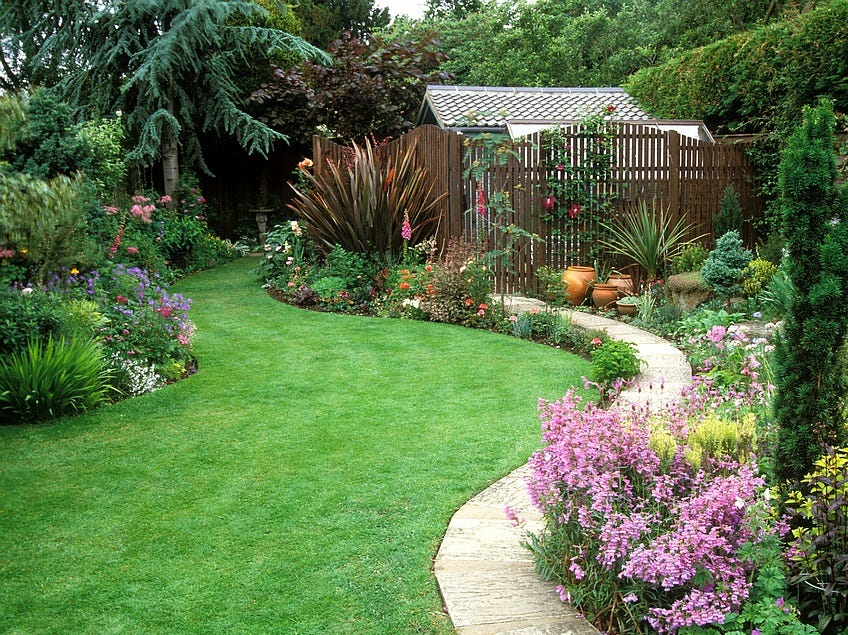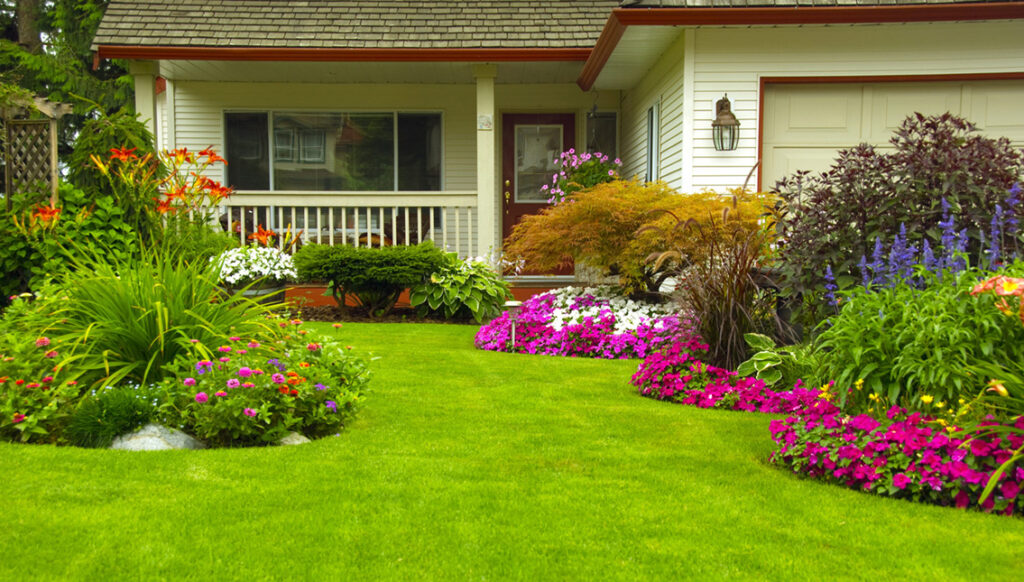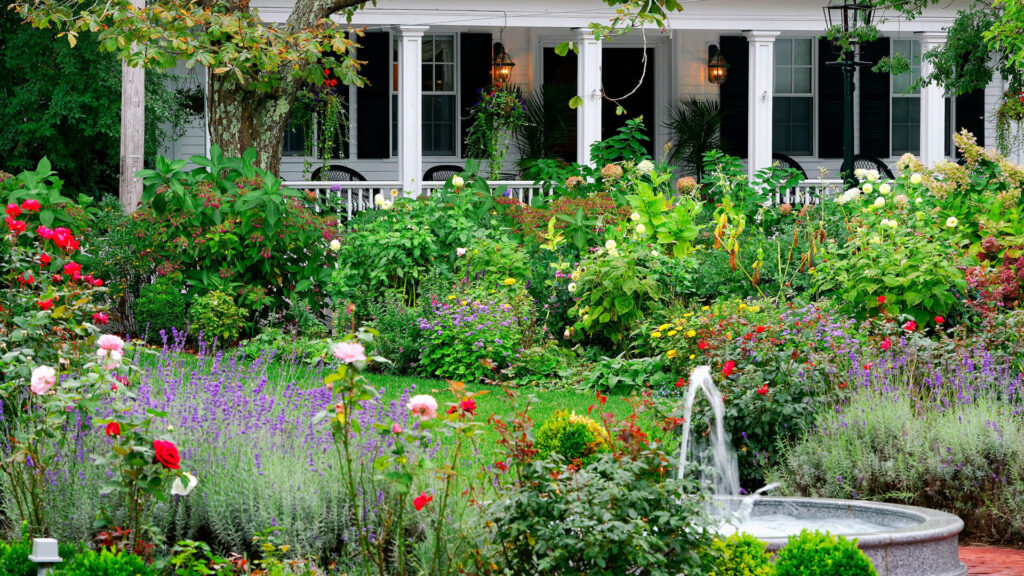When it comes to creating a beautiful and inviting garden in Texas, nothing beats the power of fragrance. The right aromatic plants not only enhance the aesthetic appeal of your space but also provide a soothing sensory experience. Whether you’re relaxing on your patio or entertaining guests, fragrant flowers and herbs can transform your garden into a tranquil haven. In this blog post, we’ll explore the top 10 fragrant plants that are perfect for your Texas garden. These plants thrive in the Texas climate, offering beauty and delightful scents all year round.


Why Georgetown Lawns Need Core Aeration
1. Jasmine (Jasminum spp.)
Jasmine is a classic fragrant plant known for its sweet and intoxicating fragrance. This vine is perfect for trellises, fences, or as a ground cover in your Texas garden. Jasmine thrives in the warm, sunny climate of Texas, especially in well-drained soil. The small white or yellow flowers bloom in late spring and summer, filling your garden with their enchanting scent.
Best for: Trellises, fences, or arbors
2. Gardenia (Gardenia jasminoides)
Gardenias are renowned for their creamy white blossoms and strong, sweet fragrance. Known for their stunning visual appeal, gardenias add elegance to any Texas garden. They thrive in partial shade and need slightly acidic soil to flourish. These plants bloom in late spring to early summer, offering fragrance that lingers long after the flowers have fallen.
Best for: Shaded areas with well-drained soil
3. Lavender (Lavandula spp.)
Lavender is a must-have for any Texas garden. Known for its calming scent, lavender thrives in full sun and well-drained soil, making it an ideal choice for the Lone Star State’s dry conditions. The purple spikes of flowers not only add beauty to your garden but also draw bees and butterflies. Plus, lavender is a great plant for making natural herbal remedies.
Best for: Full sun, dry, well-drained soil
4. Plumeria (Plumeria spp.)
Plumeria, also known as frangipani, is famous for its tropical scent that can fill your garden with a sweet, fruity fragrance. These plants prefer hot, sunny conditions, which make them ideal for Texas. With their large, waxy blooms, plumeria adds a touch of the tropics to your garden. They’re perfect for containers or as landscape plants in full sun.
Best for: Sunny locations or containers
5. Rose (Rosa spp.)
Roses have been adored for centuries for both their beauty and fragrance. Texas gardeners can grow a variety of roses, from hybrid teas to climbers, all offering delightful aromas. Many varieties bloom throughout the year, giving you a continuous source of fragrance and color. For the best results, choose heat-tolerant roses that can handle the Texas heat.
Best for: Full sun and well-drained soil
6. Mint (Mentha spp.)
Mint is a versatile and fragrant herb that’s perfect for a Texas garden. Whether planted in a pot or directly in the garden, mint will thrive in Texas’ warm climate. The leaves of mint plants release a refreshing, cooling scent that is perfect for culinary uses or simply to enjoy as you walk through the garden. Be cautious, as mint can spread quickly, so it’s best grown in containers.
Best for: Pots or garden beds with well-drained soil
7. Magnolia (Magnolia grandiflora)
Magnolia trees are iconic in Texas gardens, known for their stunning white flowers and rich, sweet fragrance. The glossy, dark green leaves provide year-round beauty, while the large, fragrant blooms appear in late spring and early summer. Magnolia trees are adaptable and thrive in a variety of soil types, making them a great addition to your garden.
Best for: Large gardens with full sun to partial shade
8. Sweet Alyssum (Lobularia maritima)
Sweet Alyssum is a low-growing plant that’s perfect for filling in gaps in your Texas garden. The tiny, white, purple, or pink flowers emit a delicate, honey-like fragrance that attracts bees and other pollinators. This hardy plant thrives in the Texas heat and blooms continuously throughout the growing season.
Best for: Ground cover, hanging baskets, or containers
9. Citrus Trees (Citrus spp.)
Citrus trees, such as orange, lemon, and lime, are perfect for adding fragrance to your Texas garden. Not only do they offer beautiful blossoms with a refreshing scent, but they also yield delicious fruit. These trees thrive in the warm Texas climate, and their fragrant flowers can transform your outdoor space into a citrus-scented paradise.
Best for: Full sun, well-drained soil, and mild winters
10. Chilean Jasmine (Mandevilla laxa)
Chilean Jasmine is a hardy and fragrant vine that thrives in Texas’ warm climate. It produces clusters of white, trumpet-shaped flowers that give off a lovely fragrance, especially in the evening. It’s perfect for trellises, fences, or as a ground cover and attracts pollinators like bees and hummingbirds.
Best for: Trellises, fences, and full sun
The first step to a healthy lawn is selecting the right type of grass. Georgetown, TX, experiences hot summers and mild winters, making it crucial to choose a grass that thrives in these conditions. Warm-season grasses like Bermuda, Zoysia, and St. Augustine are perfect for Georgetown’s climate, as they are drought-tolerant and grow best in warmer temperatures.
Bermuda grass is especially popular for its durability and ability to withstand heavy foot traffic, making it a great choice for families with kids and pets. Zoysia offers a lush, thick texture and is more shade-tolerant, while St. Augustine is ideal for areas with a mix of sun and shade. Planting the right grass ensures that your lawn is better equipped to handle the local weather and challenges.
Proper watering is essential to maintaining a lush lawn in Georgetown, TX. During the summer months, it’s tempting to water your lawn daily, but overwatering can lead to shallow root systems and weed growth. Instead, aim to water your lawn deeply but infrequently.
The best time to water is early in the morning, before the sun gets too hot. This allows the water to soak into the soil before it evaporates. Aim for about 1 to 1.5 inches of water per week, including rainfall. If you’re unsure, a simple way to measure water is to place a rain gauge or a small container (like a tuna can) on your lawn while watering. Once it fills up to about 1 inch, stop watering.
Aeration is a game-changer when it comes to lawn care in Georgetown, TX. Over time, the soil in your lawn can become compacted, which makes it harder for water, nutrients, and air to reach the roots of your grass. Aerating your lawn once a year (typically in the fall) creates small holes in the soil, improving the flow of essential elements to the root system.
There are two main ways to aerate: using a spike aerator, which punctures holes in the soil, or a core aerator, which removes small plugs of soil. Both methods are effective, but core aeration is generally preferred because it removes soil, creating more space for grass roots to grow.
Fertilizing your lawn is key to keeping it healthy and green. However, not all fertilizers are created equal, and it’s important to choose one that provides the right balance of nutrients for Georgetown’s soil. A soil test can help you understand your lawn’s specific needs, but generally speaking, a fertilizer with a balanced ratio of nitrogen, phosphorus, and potassium is ideal.
The best time to fertilize in Georgetown is during the growing season, typically in late spring or early summer, when the grass is actively growing. Avoid fertilizing in the winter months, as the grass is dormant and won’t benefit from the extra nutrients. Additionally, be sure to follow the recommended application rate to prevent over-fertilization, which can cause nutrient imbalances and harm your lawn.
Mowing is more than just a weekly chore—it’s a vital part of lawn care. One of the most common mistakes homeowners make is mowing their grass too short. Cutting your grass too short can stress it out, making it more vulnerable to disease and pests. Instead, aim to mow your lawn at a height of about 2.5 to 3 inches, depending on the type of grass. This encourages deeper root growth and helps the grass retain moisture.
Make sure your mower blades are sharp to avoid damaging the grass. Dull blades can tear the grass, leaving jagged edges that are more susceptible to disease. Mowing your lawn regularly and at the correct height will ensure a lush, healthy look year-round.
Conclusion
Adding fragrant plants to your Texas garden not only enhances the visual appeal but also creates a sensory experience that you can enjoy year-round. From the sweet fragrance of jasmine to the citrus-scented blossoms of your own fruit trees, these plants will transform your outdoor space into a fragrant paradise. Remember to choose plants that are well-suited to the Texas climate, and soon you’ll be enjoying the intoxicating aromas of your garden every day.
By incorporating these top 10 fragrant plants into your Texas garden, you’ll create an inviting and aromatic retreat that’s perfect for relaxing, entertaining, and enjoying the natural beauty of the Lone Star State.



